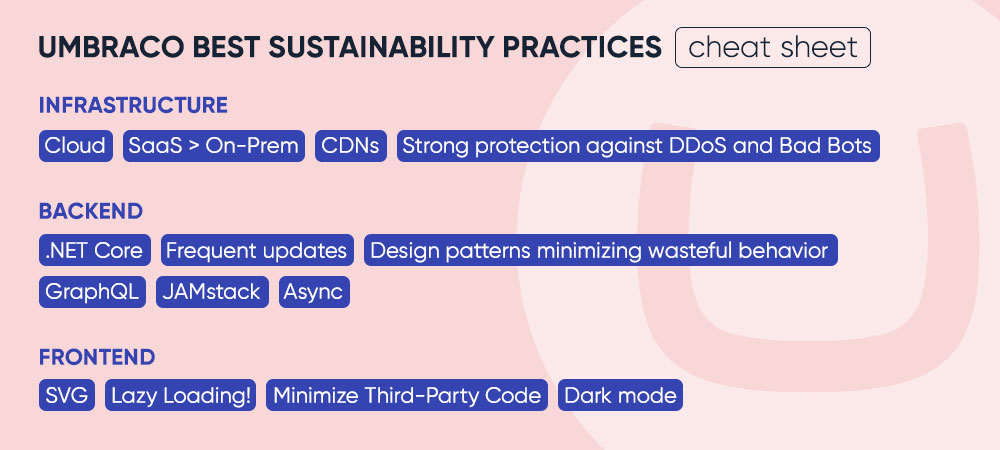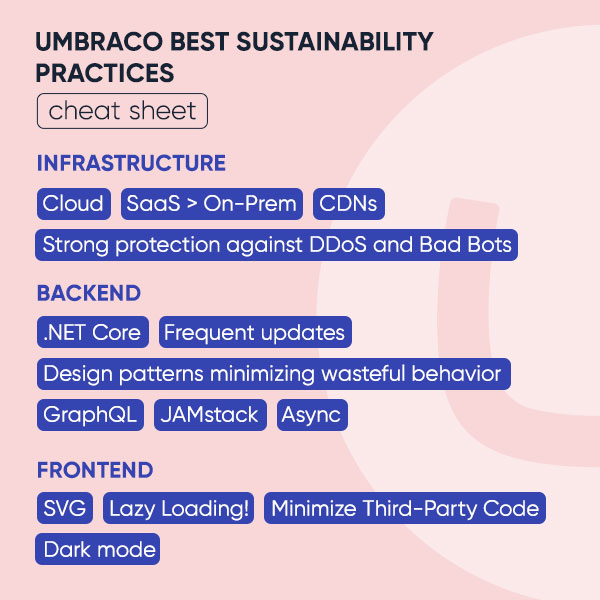Earth Week typically includes commendable initiatives, PR displays, and sobering statistics. However, rather than taking on the roles of activists or cynics, we aim to have an honest conversation about the impact of our digital industry on the environment and climate and what you, as a digital business owner or content manager, can do to reduce its harmful effects. Is change feasible? Absolutely. But, it requires approaching the issue from a different angle than you might expect.
It's common to receive emails with a heartfelt plea in the footer: "Do not print this message." Setting aside the reality that most of us rarely—if ever—need to print emails, such a message reflects the prevailing belief that digital inherently equates to being environmentally friendly. The notion is that digital content is intangible and thus clean and harmless to the environment. However, the reality is starkly different. To offset the pollution generated by email spam alone, we would need to plant 1.6 billion new trees—an alarming example of our digital practices' hidden environmental costs, as Gerry McGovern highlighted in his book "World Wide Waste."
We've previously discussed the idea that "everything digital is physical" on our blog. Data stored in the cloud actually resides on devices housed in large data centers, consuming substantial energy and emitting considerable heat. We tend to focus on technology as the source of problems and their solutions. However, as McGovern suggests, the key lies not solely in technology but in improving data management and refining our digital behavior patterns. "We don't have an energy production crisis. We have an energy consumption crisis", he says.
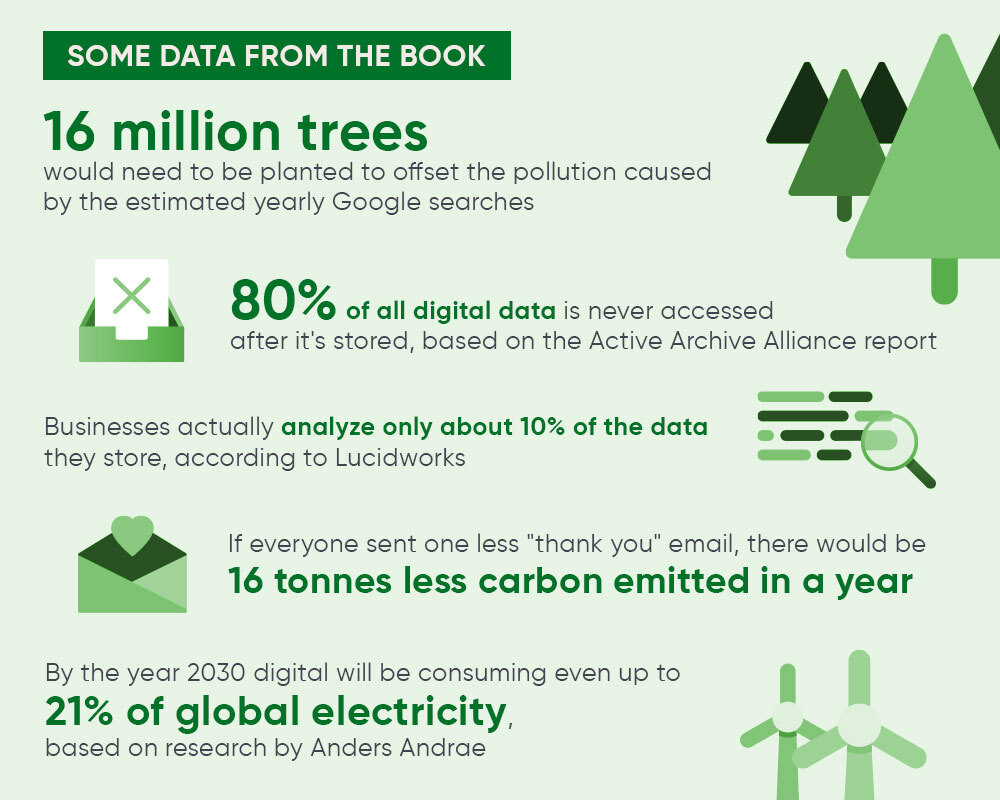
When we hear about digital content, we think, for instance, of movies on Netflix, but the content that is actually consumed and valuable is not the essence of the problem. About 90% of the data stored on these energy-intensive servers is useless and never accessed. Digital encourages extreme waste and an extreme waste mindset, the author argues. Let's think about 15 years' worth of selfies stored in the cloud, about all the outdated SEO articles triggered by a burst of energy from random Google searches. Let's think about unused code or all the graphic designs that clients have not selected, which we do not delete but keep for years in digital pantries, fooling ourselves that they will be helpful one day.
Indeed, more green hosting services are increasingly available, and many digital companies are engaging in offset activities. However, it remains the fundamental reality that digital businesses should prioritize investments in data organization and analytical skills instead of solely seeking solutions through innovative technology. I am not exempt from criticism in this regard; as a content manager, I have often uploaded slightly improved photos to our system without removing previous versions from the library and our digital storage could use more frequent cleaning.
These seemingly minor oversights contribute to waste accumulating on physical devices, occupying more space and generating additional pollution over time.
Less wasteful data management practices can be achieved through disciplined workflows and the right tools. For example, Kentico emphasizes the concept of reusable content, which can significantly reduce digital waste. This approach ensures that graphic files are stored in a central content hub, allowing them to be used across multiple channels without the need for mass copying or duplication. This not only streamlines processes but also minimizes unnecessary data redundancy.
Umbraco, from which I learned about the book "World Wide Waste" in the first place, has recently published its second Impact Report, which addresses the issue of the company's impact on the environment and has established its sustainability team, which develops not only valuable web development practices but also tools such as the sustainability package, along with a carbon emissions counter for websites to help you remember about "weight of digital."
"Used wisely, digital could be saving our planet, making things more productive and efficient, and more environmentally friendly, while improving living standards. Right now, however, digital is killing our planet". That's a direct quote from the introductory chapter of "World Wide Waste" book, which was referred to a couple of times during the "Umbraco Best Sustainability Practices" webinar.
"I still believe that, properly used, digital can help us conserve this beautiful planet," concludes McGovern. We really like to be a part of this process by helping you set better practices and more environmentally friendly digital tools.
In need for experienced Umbraco or Kentico Partner? Let's give it a shot.


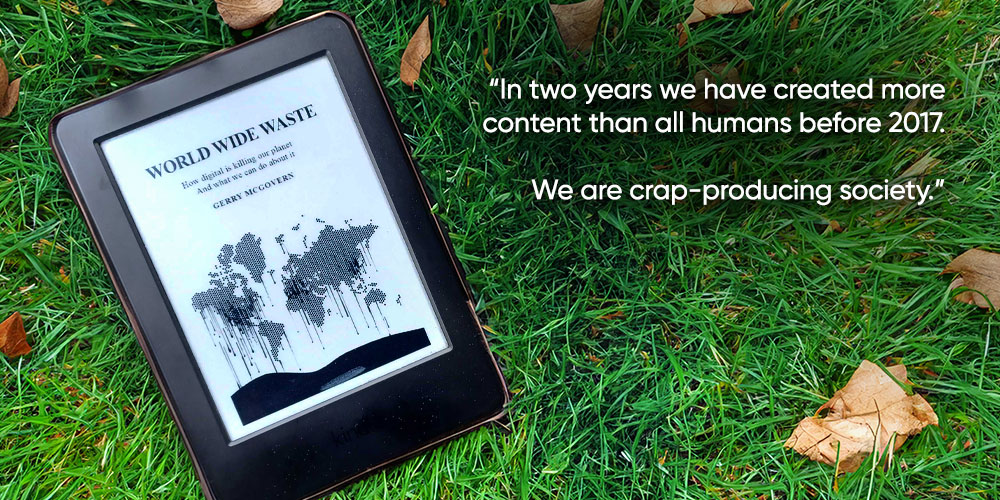
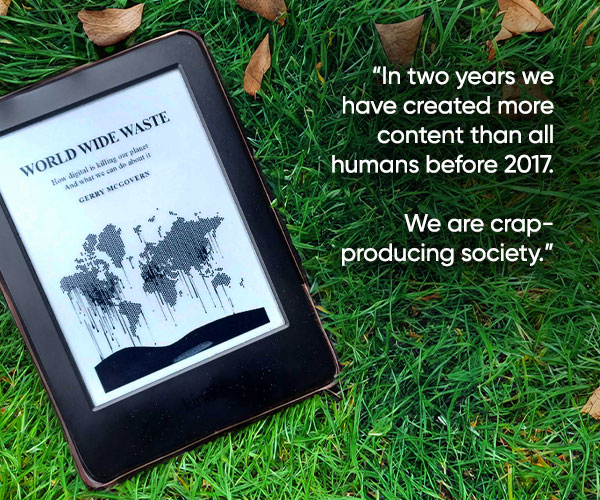 It's common to receive emails with a heartfelt plea in the footer: "Do not print this message." Setting aside the reality that most of us rarely—if ever—need to print emails, such a message reflects the prevailing belief that digital inherently equates to being environmentally friendly. The notion is that digital content is intangible and thus clean and harmless to the environment. However, the reality is starkly different. To offset the pollution generated by email spam alone,
It's common to receive emails with a heartfelt plea in the footer: "Do not print this message." Setting aside the reality that most of us rarely—if ever—need to print emails, such a message reflects the prevailing belief that digital inherently equates to being environmentally friendly. The notion is that digital content is intangible and thus clean and harmless to the environment. However, the reality is starkly different. To offset the pollution generated by email spam alone, 